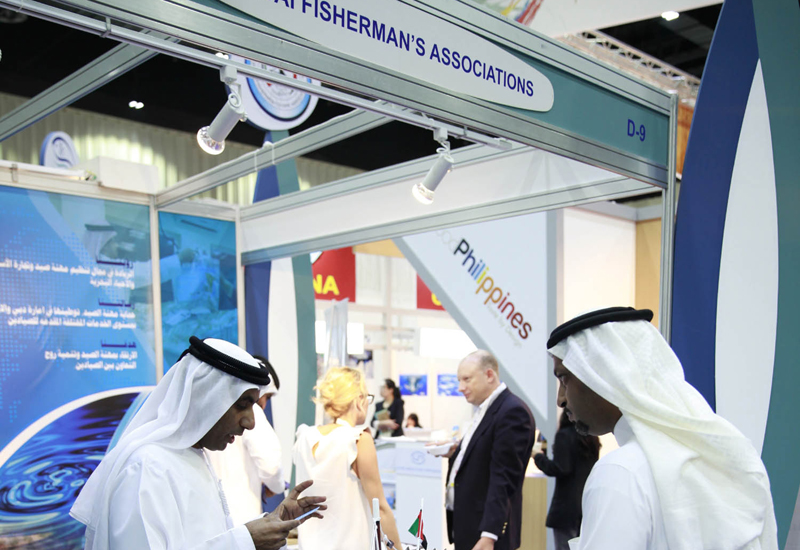The GCC’s rising per capita seafood consumption will be addressed at this year’s Seafex 2014, as regional and international aquaculture companies showcase technologies - such as hatcheries, harvesting of plants and animals, processing and trading - designed to enhance future production of regional seafood products.
According to a report by the Food and Agricultural Organisation (FAO), the Saudi Arabian Ministry of Agriculture invested an additional US$10.6 billion into aquaculture projects to produce one million tonnes of fish in the next 16 years.
In addition, the GCC’s per capita average seafood consumption is expected to increase year-on-year in-line with Gulf countries’ population growth - the Economic Intelligence Unit (EIU) forecasts the GCC population will reach 53.5 million by 2020 – rapid economic development, market demand and robust regional logistics capabilities.
Various GCC governments have already implemented developmental initiatives to foster greater domestic production. In Saudi Arabia, the UAE and Oman, more investments are being directed towards aquaculture - the breeding, rearing, and harvesting of plants and animals in all types of water environments including ponds, rivers, lakes and the ocean. The main aquaculture producers in the region are Saudi Arabia and Egypt.
Meanwhile, GCC countries are starting to invest in aquaculture projects to meet the rising seafood consumption; the Middle East - particularly the GCC – saw its per capita average seafood consumption almost double from 2010 to 2013. With the regional average only 14.4 kilogrammes per year back in 2010, the UAE and Oman’s per capita seafood consumption were among the world’s highest at 28.6 kilogrammes per year last year, as per the report by the Food and Agricultural Organisation (FAO).

| Advertisement |
In line with this, the 2014 edition of Seafex is 56% larger than its launch event in 2012. “Our largest edition of Seafex underlines its position as a strategic platform supporting the region’s growing seafood requirements,” said DWTC senior vice president Trixie LohMirmand.
“The show is widely-regarded for facilitating trade and delivering exceptional business opportunities in a market top of attention for global manufacturers."
The exhibition, which brings together international exhibitors from seafood-related industries including hotels, restaurants, caterers, retailers, wholesalers, distributors and food processors, will tackle the increasing requirements of regional producers, buyers and suppliers, as well as showcase a broad range of new-to-market seafood products.
With more than 100 exhibitors from 22 countries, new pavilions include Greece, Spain, Peru, Chile, Thailand and Taiwan. Regional aquaculture projects will take centre-stage at this year’s event with Emirates Aquatech, the world’s largest sustainable caviar farm, exhibiting alongside Asmak, the region’s largest aquaculture player, and Gulf Seafood, one of the Middle East’s leading seafood processors.
The show will also recognise the most innovative new products across the seafood industry at the ‘Seafex Seafood Awards’. The ‘Seafex Seafood Summit’ will take place in collaboration with The Association of International Seafood Industry Professionals with experts focusing on the importance of sustainable fishing in the region along with a series of talks on how to regulate overfishing and manage fish stocks for future generations.
Seafex is co-hosted with The Speciality Food Festival, Sweets and Snacks Middle East, and Gulfood Manufacturing from November 9-11 at Dubai World Trade Centre.









 Search our database of more than 2,700 industry companies
Search our database of more than 2,700 industry companies









